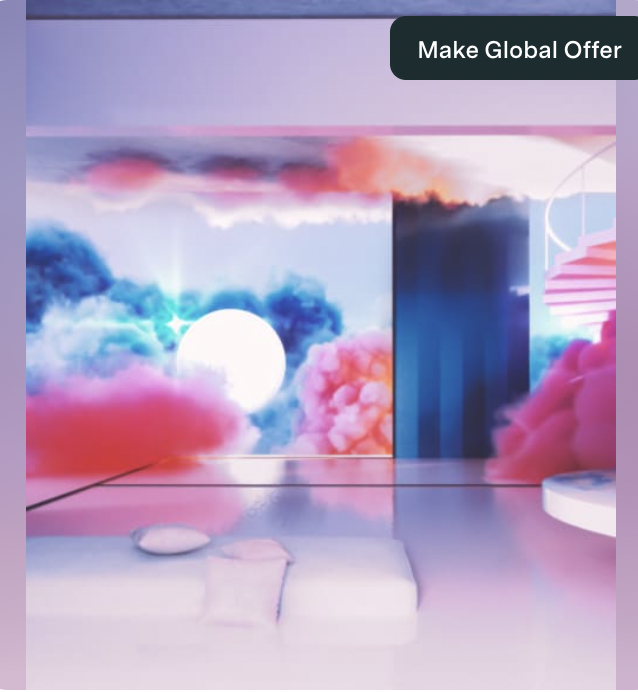In this project, you will make a series of official announcements related to the (imaginary) school of design that builds from the forms of its implicit visual identity system. You will post these announcements in some dedicated wall space you discover in the building, in a serial rhythm.
week 1
Compose the visual identity system as a short script.
In groups of 3, examine official poster announcements from the schools of design and architecture. We will visit the open archive to find evidence over time of the schools’ different visual identities. Write what you see in this evidence. Note particular forms and concepts that strike you and that seem cool. Based on what you see, make note of aspects of the form that interest you: type, color, arrangement, concept, attitude. etc.
From this set of observations, work in your group to “reverse engineer” the posters you’ve chosen into a set of five rules that, if followed, could produce the posters you’ve collected. Address typography, color, layout, image. Imagine these rules as composing or provoking an “open” identity: one that can produce different forms depending how the language is interpreted. The aim is to articulate an open and flexible system that gives you room to play.
From your set of five rules, write a paragraph that will function as the script that is used to produce official announcements in the form of your visual identity.
Extra problem: all group identities should have one thing in common that unifies them. It could be a typeface, a color, or something more abstract. Groups can negotiate together this unifying feature as a revision to an existing rule or as an extra one.
week 2
Compile your messages: find/edit/author five messages from each of the following categories.
A
Sentences from Gamer Theory. Sentences that strike you as interesting and as connected to themes we’ve pursued so far during the semester. Sentences related (implicitly) to design might make sense. The sentences should stand on their own when taken out of context. They can be minimally revised in order to do this.
B
Slogans from May 68 during the student/worker uprising in Paris.
Find them here.
See some in their original designed form.
Pick slogans that would be fun to work with. Pick ones that might have a resonance in our historical moment and/or for life in our design school. It might make a statement about our school’s ideology or ideas about design or more general politics or something else.
C
Announcements of imaginary events within the school of design.
Imagine an event that you would like to take place in the school of design that we are projectively imagining. It could be a completely imaginary event, or one that has taken place elsewhere but which you would like to transpose to our school. This is a speculative exercise in imagining the space of our school as a space you want to belong to. Imagine events that would happen in an utopian version of our school. Or something that comments on things as they are, that draws attention to some problematic aspect of how things are. Or something that would just be fun: something that you love, and that you could imagine transposing to our school.
